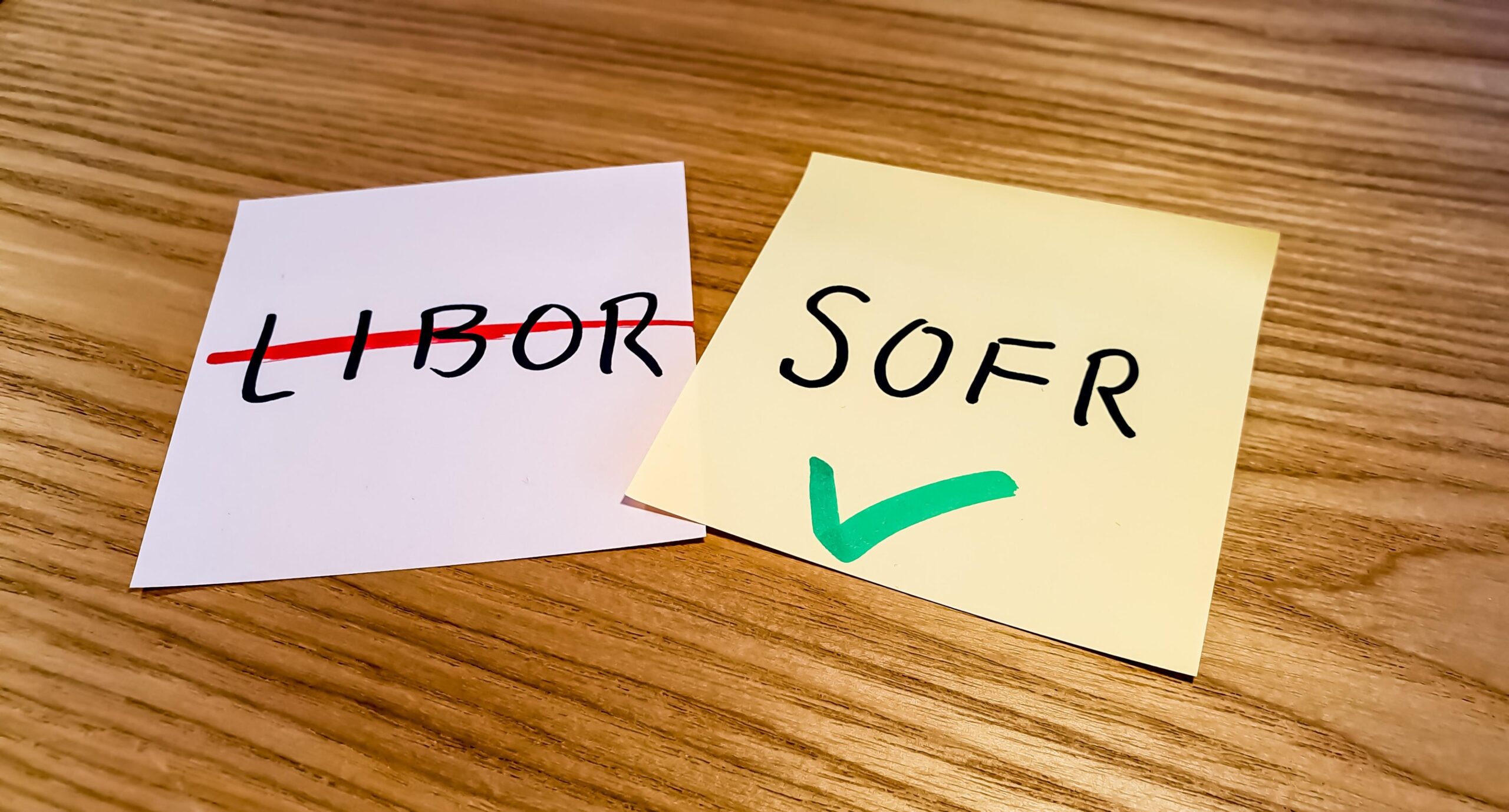With the end near for the London Interbank Offered Rate (Libor), the Reserve Bank of India (RBI) told banks and other financial institutions to stop using the benchmark as soon as possible and mandatorily by December 31 and move to any Alternative Reference Rates (ARR). Secured Overnight Financing Rate (SOFR) and Sterling Overnight Interbank Average Rate (SONIA) are the two popular alternatives, but are nowhere near as popular internationally as Libor, which is being phased out by this year’s end.
Bank Maha Pack includes Live Batches, Test Series, Video Lectures & eBooks
Reserve Bank of India’s Advice Regarding Libor:
- Libor had to be scrapped after a rate fixing scandal was unearthed a few years back. In August 2020, the RBI had advised banks to move away from Libor.
- Almost all banks that deal in foreign exchange by now are ready with the transition to ARR, but they have not yet decided which one will be the most reliable ARR.
- Bankers say it is unlikely that Indian banks will take a lead on this issue. Instead, they will follow the international practices that evolve.
- Certain US dollar Libor settings will continue to be published till June 30, 2023, the extension of the timeline for cessation is primarily aimed at ensuring roll-off of USD Libor-linked legacy contracts, and not to encourage continued reliance on Libor.
- Any Libor contract after December should be done only for hedging against other remaining Libor-linked contracts.
RBI’s Alternative Benchmarks:
With the demise of Libor, the popular Indian benchmark Mumbai Interbank Forward Outright Rate (MIFOR), which uses Libor as a benchmark, has to be scrapped too.
Banks and financial institutions will have to undertake a comprehensive review of all direct and indirect Libor exposures and put in place a framework to mitigate risks arising from such exposures on account of transitional issues, including valuation and contractual clauses, the RBI said, adding the banks must also put in place the necessary infrastructure to be able to offer products referencing the ARR.
About MIFOR:
MIFOR publisher Financial Benchmarks India (FBIL) has started publishing daily adjusted MIFOR rates from June 15, and modified MIFOR rates from June 30, “which can be used for legacy contracts and fresh contracts respectively,” the RBI said. Again, usage of MIFOR after December 31 should be limited to hedging and managing interest risks.
What Is London Interbank Offered Rate (LIBOR):
The London Interbank Offered Rate (LIBOR) is the benchmark interest rate at which large international banks lend to one another. The Intercontinental Exchange (ICE) administers LIBOR, which asks large worldwide banks how much they would charge other banks for short-term loans. The rate is computed utilising the Waterfall Methodology, a layered process that is standardised, transaction-based, and data-driven. On June 30, 2023, LIBOR will be replaced with the Secured Overnight Financing Rate (SOFR), with its use phased down after 2021.
What is London Interbank Offered Rate:
- The London Interbank Offered Rate (LIBOR) is a benchmark interest rate used by major international banks in the international interbank market to lend to one another for short-term loans.
- The rate is calculated and published every day by the Intercontinental Exchange (ICE), but it is being phased out due to recent scandals and issues about its legitimacy as a benchmark rate.
- LIBOR will be phased out by June 30, 2023, according to the Federal Reserve and UK regulators, and will be replaced with the Secured Overnight Financing Rate (SOFR).
- After December 31, 2021, LIBOR’s one-week and two-month USD LIBOR rates will no longer be published as part of this phase-out.
How does LIBOR work:
- ICE Benchmark Administration (IBA) is in charge of the administration.
- The Financial Conduct Authority (FCA) of the United Kingdom regulates it.
- Intercontinental Exchange polls major worldwide banks every day to see how much they would charge for short-term loans.
- The average is then calculated using these numbers.
- It is based on five currencies: The US dollar, Euro, British Pound, Japanese Yen, and Swiss Franc, and it has seven possible maturity periods.
- Each business day, 35 separate LIBOR rates are calculated and presented due to the combination of 5 currencies and 7 maturities.
- The three-month US dollar rate, often known as the current LIBOR rate, is the most commonly cited rate.




 Which Indian City is Known as the Footwe...
Which Indian City is Known as the Footwe...
 Which Desert is known as the Cold Desert...
Which Desert is known as the Cold Desert...
 Top-10 News Media Companies in the World...
Top-10 News Media Companies in the World...







